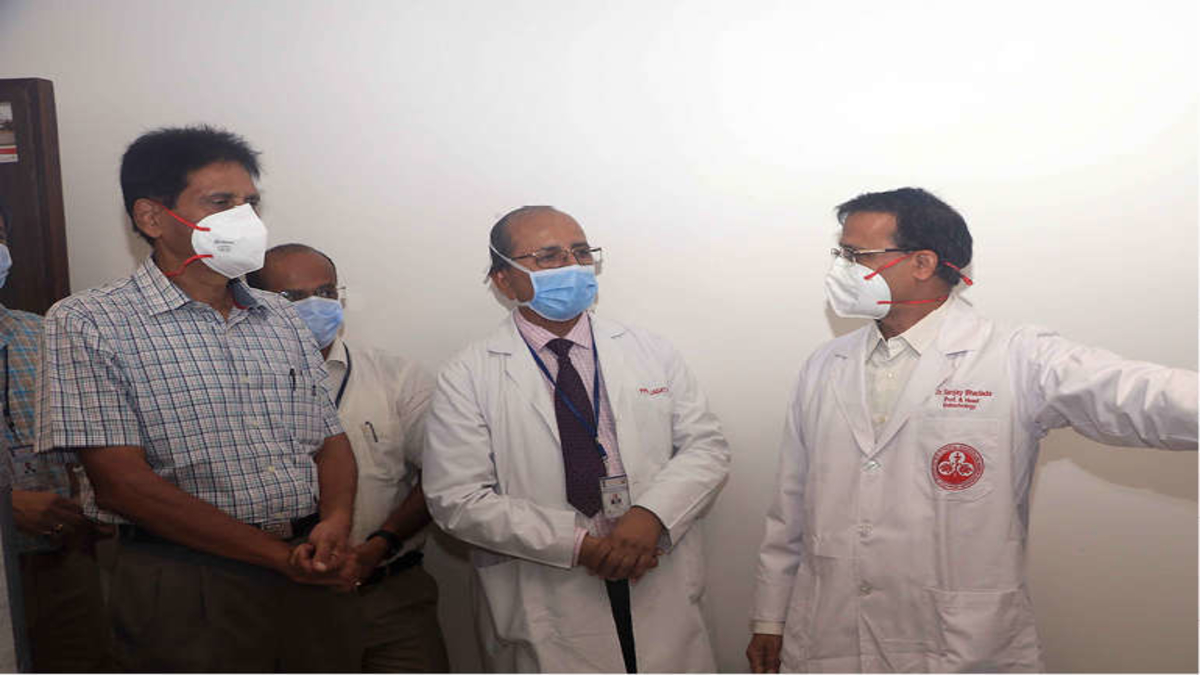CHANDIGARH: PGIMER Chandigarh installed India’s first HR- pQCT (High-Resolution Peripheral Quantitative Computed Tomography) scanner. The device will enable the painless diagnosis of bone disorders.
Prof. Jagat Ram, Director PGIMER along with Kumar Gaurav Dhawan, Deputy Director (Admn); Kumar Abhay, Financial Adviser, Prof. Sanjay Bhadada, Head, Deptt. of Endocrinology, Prof. Vanita Suri, Head, Deptt. of Obstetrics & Gynecology, Prof. Vipin Kaushal Additional Medical Superintendent, inaugurated ‘country’s first’ high-resolution peripheral quantitative computed tomography (HR-pQCT) scanner for patient care here at Endocrinology Wing of Nehru Hospital Extension Block at PGIMER on Friday.
Prof. Jagat Ram, Director PGIMER stated, “HR-pQCT being non-invasive, giving very less radiation and very quick results comparable to a bone biopsy which is invasive, painful and time taking, will open new avenue not only inpatient management but in clinical and basic research.”
While detailing about the multi-pronged usage of this unique scanner, Prof. Sanjay Bhadada stated, “HR-pQCT is useful for the early diagnosis of many bone disorders like osteoporosis, primary hyperparathyroidism, steroid-induced bone damage, bone disease in diabetes, celiac disease, transplant bone disease, a bone disease associated with malignancy, bone disease in thyroid and pituitary disorders and other rare metabolic bone diseases.”























